**The Looming Shadow: Construction’s Environmental Burden**
The global construction industry stands at an environmental crossroads. Responsible for approximately 39% of worldwide carbon emissions, 30% of raw material consumption, and generating mountains of landfill-bound waste, traditional building practices are increasingly incompatible with planetary boundaries and climate imperatives. As urbanization accelerates and housing demand surges, the ecological footprint of conventional construction – characterized by on-site material cutting, weather-dependent delays, transportation inefficiencies, and significant demolition debris – becomes untenable. Against this backdrop, Lida Group emerges as a transformative force, pioneering an integrated system of eco-friendly, high-quality container houses that demonstrably reduce construction waste by 60% or more, offering a scalable blueprint for sustainable living without compromise.
**Decoding the Waste Crisis in Conventional Building**
Understanding Lida Group‘s breakthrough requires confronting the systemic waste inherent in traditional methods:
1. **Design Inefficiencies:** Architectural plans often fail to optimize standard material dimensions, leading to substantial off-cuts (e.g., timber, drywall, insulation).
2. **On-Site Vulnerabilities:** Materials exposed to weather suffer damage (warped wood, soaked insulation), while poor storage and handling cause breakage and loss.
3. **Process Fragmentation:** Multiple trades working sequentially create coordination gaps, resulting in rework, errors requiring demolition, and material over-ordering “just in case.”
4. **Packaging Proliferation:** Individual component delivery generates excessive packaging waste (plastic, cardboard, pallets).
5. **Demolition Legacy:** Traditional structures, difficult to disassemble, typically become mixed debris streams destined for landfills at end-of-life.
Studies estimate that for every square meter of floor space built conventionally, 1.5 to 2.5 tonnes of waste are generated, with only 20-30% typically recycled. Lida Group’s factory-centric model systematically dismantles this wasteful paradigm.
**Lida Group’s Core Philosophy: Sustainability Engineered In**
Sustainability is not an afterthought or a marketing claim for Lida Group; it is the foundational principle engineered into every stage of their container house system:
* **Waste Prevention by Design:** Utilizing precise digital modeling (BIM) to optimize material usage within standard module dimensions, virtually eliminating off-cuts.
* **Closed-Loop Manufacturing:** Implementing rigorous factory protocols for segregating, reusing, and recycling production scraps (steel off-cuts, insulation trimmings, timber pieces).
* **Material Longevity & Performance:** Selecting durable, low-maintenance materials designed for extended service life, reducing replacement frequency and associated waste.
* **Lifecycle Thinking:** Designing for future disassembly, relocation, or repurposing, challenging the disposable building mentality.
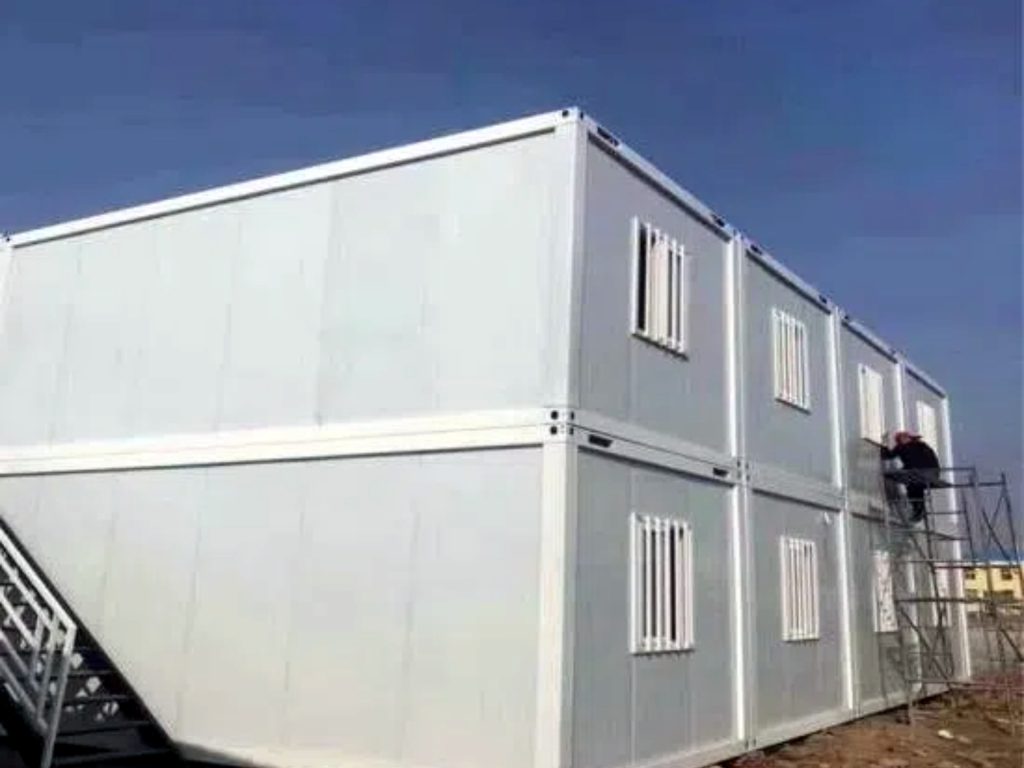
**The Factory Fortress: Where Waste Reduction is Systematized**
Lida Group’s controlled factory environment is the crucible where the 60%+ waste reduction claim is forged. This contrasts starkly with the chaotic, open-air nature of traditional construction sites:
1. **Precision Manufacturing:**
* **Computer-Controlled Cutting:** CNC machines cut steel framing, cladding, and internal materials with near-perfect accuracy, minimizing scrap. Software nests parts optimally on raw material sheets.
* **Bulk Material Handling:** Insulation, sealants, paints, and adhesives are applied in bulk quantities within controlled stations, eliminating small-container waste and ensuring correct application thicknesses.
* **Just-in-Time Inventory:** Materials arrive kitted for specific modules, reducing on-site storage, handling damage, and spoilage.
2. **Integrated Production Lines:**
* **Sequential Assembly:** Workstations are organized for logical flow (framing -> insulation -> wiring/plumbing rough-ins -> lining -> finishes). This minimizes handling errors and rework.
* **Quality Control at Source:** Every step undergoes rigorous inspection *before* proceeding. Defects are caught and corrected immediately in the factory, avoiding costly and wasteful on-site remediation.
* **Dust & Debris Management:** Centralized extraction systems capture sawdust, metal shavings, and other particulates for recycling or safe disposal, protecting worker health and the environment.
3. **Material Optimization & Recycling Infrastructure:**
* **Scrap Segregation Stations:** Designated bins on the factory floor collect different material streams (ferrous metals, non-ferrous metals, clean wood, gypsum, plastics, packaging).
* **On-Site or Partner Recycling:** Scrap metal is baled and sent to smelters; clean wood chips become biomass fuel or particleboard; gypsum is processed for reuse; plastics are pelletized. Packaging materials are reused internally or recycled.
* **Water-Based & Low-VOC Finishes:** Reducing hazardous waste generation and improving indoor air quality from day one.
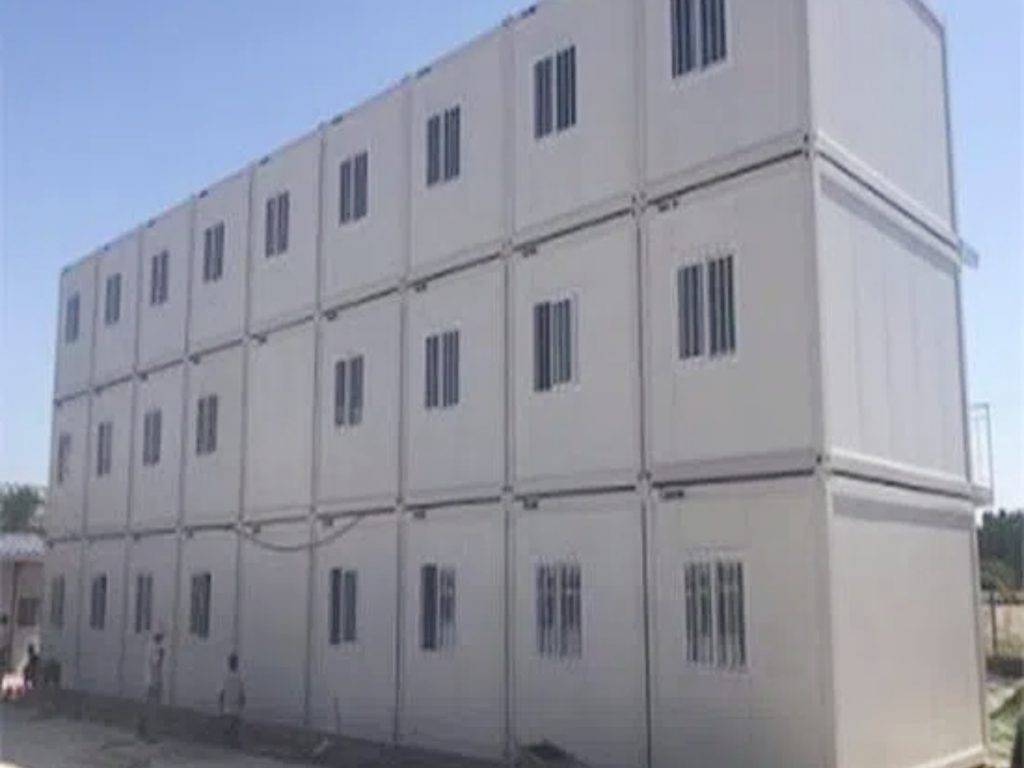
**Beyond the 60%: The Holistic Environmental Advantage**
While waste reduction is a staggering achievement, Lida Group’s sustainability impact extends far beyond landfill diversion:
1. **Dramatically Lower Embodied Carbon:**
* **Material Efficiency:** Using less material directly reduces the carbon footprint associated with extraction, manufacturing, and transport.
* **Recycled Content:** Utilizing significant percentages of recycled steel (often exceeding 70% in structural components) drastically cuts the energy-intensive primary steel production burden.
* **Optimized Logistics:** Transporting near-complete modules instead of countless individual components reduces the number of truck journeys and associated emissions. Factory centralization minimizes worker commutes compared to dispersed sites.
* **Reduced Site Disturbance:** Minimal excavation, shorter construction periods, and less heavy equipment usage lower on-site fuel consumption and habitat disruption.
2. **Superior Operational Energy Efficiency:**
* **Factory-Perfect Insulation:** Achieving consistent, gap-free installation of high-performance insulation (e.g., rock wool, PIR foam) within wall, floor, and roof cavities is far easier in a factory than on a windy, rainy site. This results in exceptional thermal envelopes.
* **Airtight Construction:** Precision manufacturing of modules and specialized gaskets/sealants for inter-module connections create buildings with minimal air leakage, drastically reducing heating and cooling loads.
* **Integrated Renewable Energy:** Roofs designed for seamless solar panel installation and pre-wired for easy integration accelerate the shift to net-zero energy homes.
3. **Resource Conservation & Water Stewardship:**
* **Water-Efficient Fixtures:** Factory-installed low-flow toilets, faucets, and showerheads are standard, reducing potable water demand.
* **Potential for Greywater Systems:** Modular design simplifies the integration of greywater recycling systems for landscape irrigation.
* **Durable Materials:** Long-lasting cladding, roofing, and finishes reduce the frequency of resource-intensive replacements.
4. **Enhanced Biodiversity & Land Use:**
* **Brownfield Redevelopment:** The speed and reduced ground disturbance make Lida’s system ideal for building on remediated contaminated sites, returning land to productive use.
* **Small Footprint Living:** Efficient designs, particularly micro-units and co-living models, reduce per-capita land consumption, preserving natural areas.
* **Green Roofs & Walls:** Modular structures readily support the integration of vegetation systems, enhancing insulation, managing stormwater, and providing urban habitat.
**Dispelling Myths: Quality and Aesthetics in Eco-Container Living**
Lida Group confronts persistent misconceptions head-on, proving sustainability doesn’t mean sacrificing comfort or design:
* **Myth: “Container houses are cold and damp.”**
**Reality:** Purpose-built modules feature continuous thermal breaks, advanced vapor barriers, and superior insulation exceeding most building codes, ensuring warm, dry, and condensation-free interiors year-round.
* **Myth: “They look cheap and industrial.”**
**Reality:** Architectural creativity flourishes. Modules serve as structural skeletons clad in diverse, high-quality materials: cedar siding, composite panels, textured metals, brick slips, or even living green walls. Configurations include cantilevers, setbacks, and courtyards, creating visually dynamic buildings.
* **Myth: “Prefab means low quality.”**
**Reality:** Factory control ensures consistent, precision craftsmanship. Protected assembly prevents weather damage common in traditional builds. Components meet rigorous international standards for structural integrity, fire safety, and durability. High-quality fixtures and finishes are standard.
* **Myth: “They are only temporary solutions.”**
**Reality:** Engineered for permanence, Lida’s container houses meet or exceed the lifespan expectations of traditional construction. Their steel structure offers exceptional resistance to pests, rot, and fire.
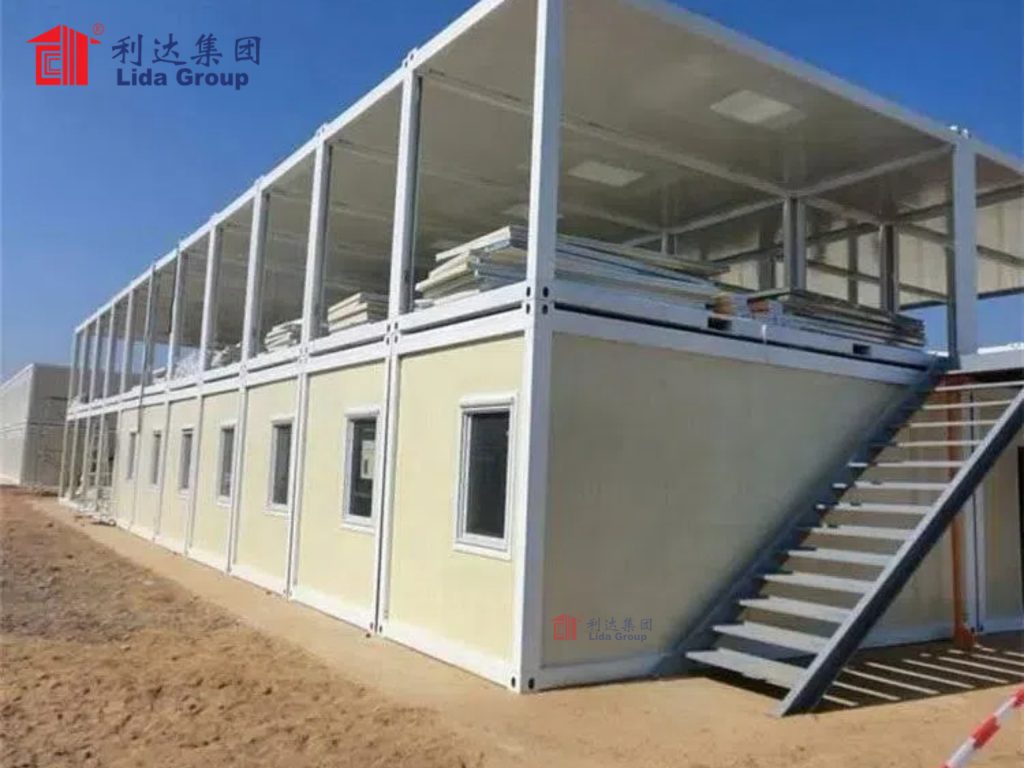
**Quantifying the Impact: From Theory to Measurable Results**
Lida Group’s claims are substantiated through lifecycle assessment (LCA) methodologies and project tracking:
* **Waste Audits:** Independent audits of factory processes consistently demonstrate waste diversion rates exceeding 85% from landfill, translating to the >60% overall reduction compared to conventional sites. Key savings come from:
* Near-zero structural steel waste (optimized cutting/recycling).
* Minimal insulation waste (precision fitting).
* Elimination of damaged materials (weather protection).
* Drastic reduction in packaging waste (bulk delivery/kitting).
* Virtually no on-site rework debris.
* **Embodied Carbon Calculations:** LCAs show a 20-40% reduction in embodied carbon per square meter compared to conventional concrete/steel structures, primarily due to material efficiency and recycled steel content.
* **Energy Performance:** Post-occupancy evaluations consistently show energy consumption for heating and cooling 30-50% lower than comparable traditional buildings, validating the factory-sealed envelope’s performance.
* **Speed-to-Occupancy:** Projects are typically completed 40-60% faster, reducing the duration of environmental disturbance (noise, dust, emissions) on-site.
**Case Vignettes: Sustainability in Action**
*(Illustrative examples respecting anonymity)*
* **Urban Infill Community:** A dense cluster of 2-3 story family townhouses rose on a narrow, remediated inner-city lot. Factory precision minimized waste on the tight site. High insulation standards ensure low energy bills for residents. Green roofs manage stormwater. Waste reduction: **68%**.
* **Net-Zero Energy Demonstration:** A showcase home combining Lida’s modules with integrated rooftop solar, battery storage, and ultra-high insulation. Achieves net-positive energy generation. Embodied carbon offset within 7 years of operation. Waste reduction: **72%**.
* **Remote Eco-Lodge:** Delivered to a sensitive wilderness area with minimal site disturbance. Modules arrived 95% complete, requiring only connection. On-site waste generation was negligible. Designed for off-grid operation with solar and rainwater harvesting. Waste reduction: **81%** (primarily due to avoided transport of multiple small components).
* **Disaster-Resilient Housing Community:** Rapidly deployed after a flood event. Built on stilts for flood resistance. High-quality construction provides durable, healthy shelter far exceeding temporary solutions. Designed for potential future relocation or upgrade. Waste reduction: **65%** (speed prioritized, but factory efficiency still dominant).
* **Co-Living Hub for Young Professionals:** Features private bedroom modules and expansive shared sustainable living/dining/workspace modules. Centralized systems (heating, hot water) maximize efficiency. Bike storage/e-charging promotes low-carbon transport. Waste reduction during construction: **63%**.
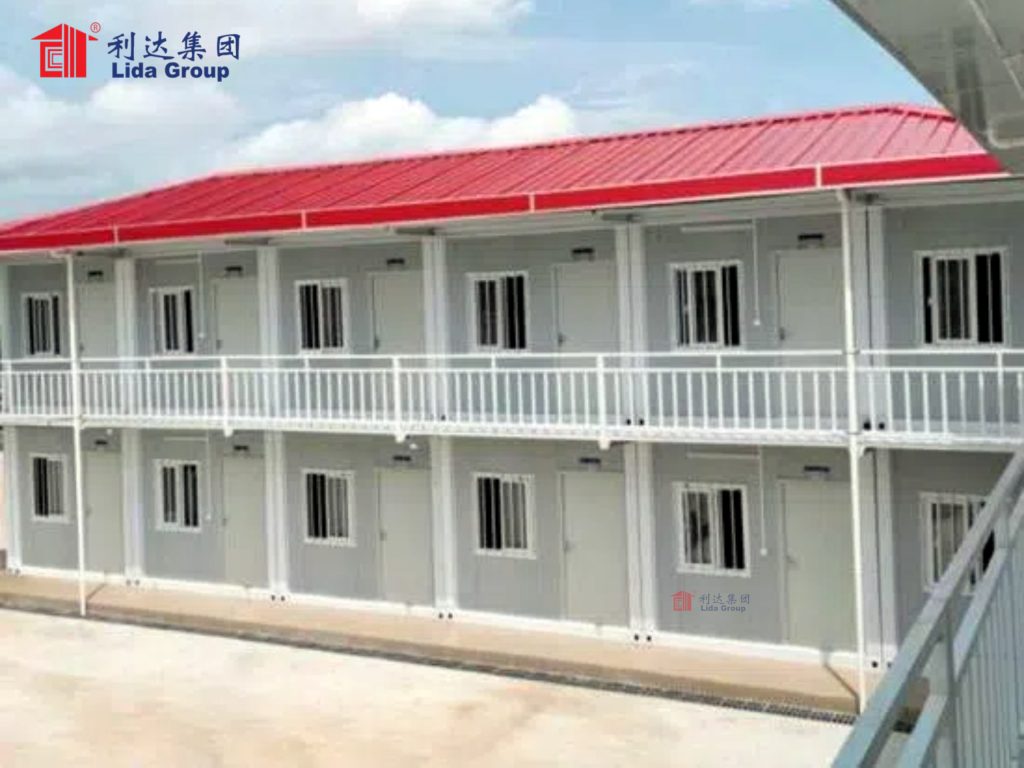
**Overcoming Adoption Barriers: The Path to Mainstream Sustainability**
Despite compelling advantages, scaling Lida Group’s model faces hurdles:
1. **Financing & Appraisal:** Lenders and appraisers need education on the durability, longevity, and value retention of high-quality prefab. Developing standardized valuation metrics for sustainable features is crucial.
2. **Regulatory Alignment:** Building codes and permitting processes often lag behind innovation. Streamlining approvals for certified factory-built systems and recognizing their inherent performance advantages (airtightness, waste reduction) is essential. Fire safety regulations for multi-story modular need continuous refinement based on evidence.
3. **Supply Chain Sustainability:** Ensuring all suppliers (steel, insulation, finishes) meet high environmental and ethical standards is an ongoing effort. Tracking and minimizing the embodied carbon of *all* input materials is critical for true lifecycle sustainability.
4. **Skilled Labor Evolution:** While reducing on-site labor overall, the model requires specialized factory technicians and precise on-site assembly crews. Upskilling the workforce is vital.
5. **End-of-Life Infrastructure:** Maximizing the circular potential requires investment in large-scale facilities capable of efficiently disassembling modules and recycling/reusing complex material composites. Policy incentives for Design for Disassembly (DfD) are needed.
6. **Consumer Perception:** Continued demonstration projects, transparency (e.g., environmental product declarations – EPDs), and addressing aesthetic concerns are key to shifting market acceptance.
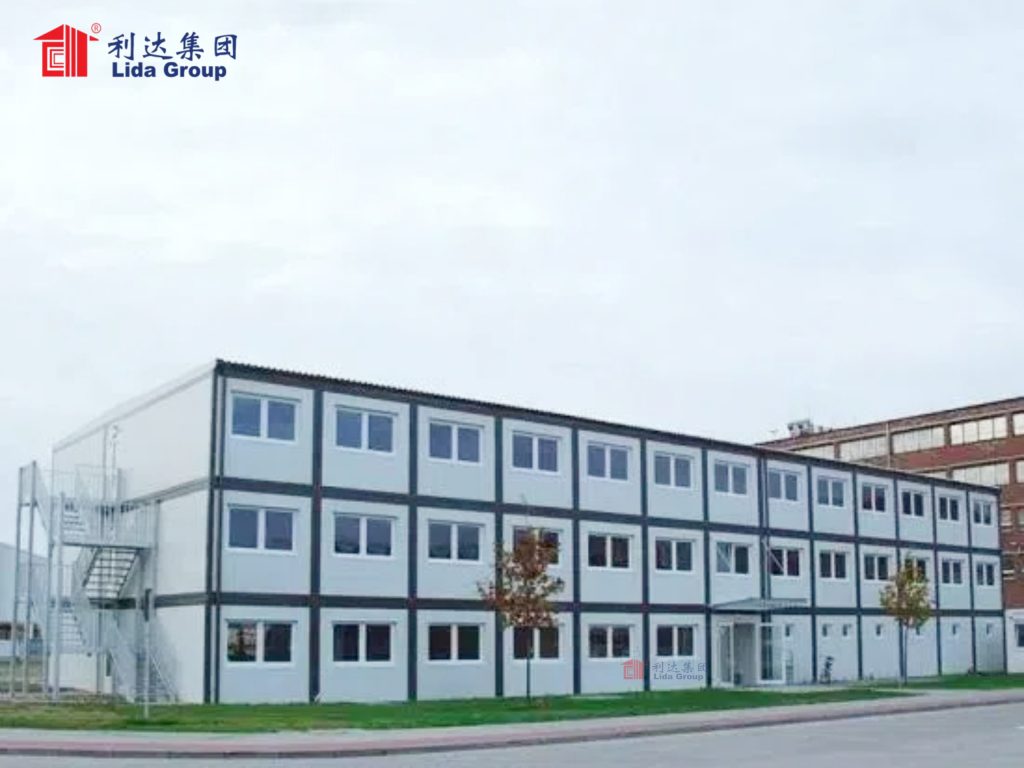
**The Future Horizon: Next-Gen Eco-Prefab**
Lida Group’s trajectory points towards even deeper sustainability integration:
* **Bio-Based Materials:** Increasing use of sustainably sourced timber (CLT, Glulam), hempcrete insulation, and mycelium composites to further reduce embodied carbon and enhance biophilia.
* **Circity Certification:** Pursuing rigorous third-party certifications (e.g., LEED Platinum, BREEAM Outstanding, Cradle to Cradle) across entire product lines.
* **Blockchain for Material Traceability:** Implementing blockchain technology to provide immutable records of material origins, recycled content, and carbon footprint for each module.
* **AI-Driven Optimization:** Using artificial intelligence in the design phase for hyper-optimization of material usage, structural efficiency, energy performance, and even factory production scheduling.
* **Advanced Deconstruction & Reuse Hubs:** Developing proprietary systems or partnerships for efficient module recovery, refurbishment, and redeployment at end-of-first-life.
* **Integrated District Systems:** Scaling beyond single buildings to design modular communities with shared renewable energy microgrids, district heating/cooling, and circular water management.
* **Carbon Negative Ambitions:** Exploring carbon capture materials (e.g., carbon-curing concrete alternatives) and aggressive afforestation partnerships to offset remaining emissions and achieve net-negative goals.
**Conclusion: Building a Less Wasteful, More Resilient Future**
Lida Group’s innovative eco-friendly container house system represents far more than an alternative construction method; it embodies a fundamental shift towards a responsible building ethic. By demonstrably reducing construction waste by 60% or more through rigorous factory precision, material optimization, and closed-loop processes, they tackle one of the industry’s most persistent environmental blights head-on. This achievement, however, is merely the cornerstone of a comprehensive sustainability strategy that encompasses drastically lowered embodied carbon, superior energy efficiency enhancing occupant comfort while reducing bills, responsible water stewardship, and mindful land use.
The delivery of high-quality, aesthetically diverse, and durable homes dispels the outdated notion that sustainability demands sacrifice. From compact urban studios to spacious family homes and resilient community structures, Lida proves that eco-conscious living can be accessible, desirable, and high-performing. While challenges in financing, regulation, and infrastructure remain, the imperative for change is undeniable. The construction industry’s environmental footprint is unsustainable, and incremental improvements are insufficient.
Lida Group’s model provides a scalable, commercially viable pathway to decouple human shelter from ecological degradation. By accelerating the adoption of such integrated, waste-minimizing, high-performance prefab systems, we can rapidly transform the built environment. The result is not just reduced landfill burden, but healthier communities, lower carbon emissions, conserved resources, and resilient housing capable of meeting the demands of the 21st century. Lida Group’s vision demonstrates that sustainable living isn’t a distant aspiration; it’s an achievable reality, built efficiently and responsibly, one high-quality, low-waste module at a time. Their work accelerates the essential transition towards a truly circular construction economy and a more sustainable future for all.
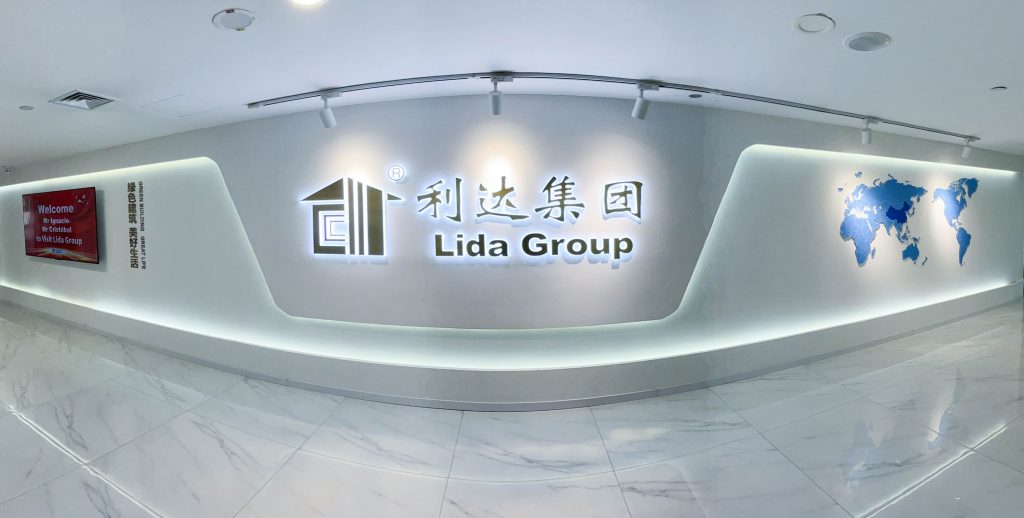
Related news
-
Expanding Housing Options: Lida Group Designs Various Types Container Apartments Using Mobile Prefab Systems for Urban Densification
2025-07-10 13:41:02
-
Luxury Meets Mobility: Lida Group's High-Quality Container House Range Features Premium Finishes & Prefab Convenience
2025-07-10 11:06:37
-
Disaster Response Upgraded: Lida Group Deploys High-Quality Container Houses & Various Types Container Apartments On-Demand
2025-07-10 10:14:31
contact us
- Tel: +86-532-88966982
- Whatsapp: +86-13793209022
- E-mail: sales@lidajituan.com


